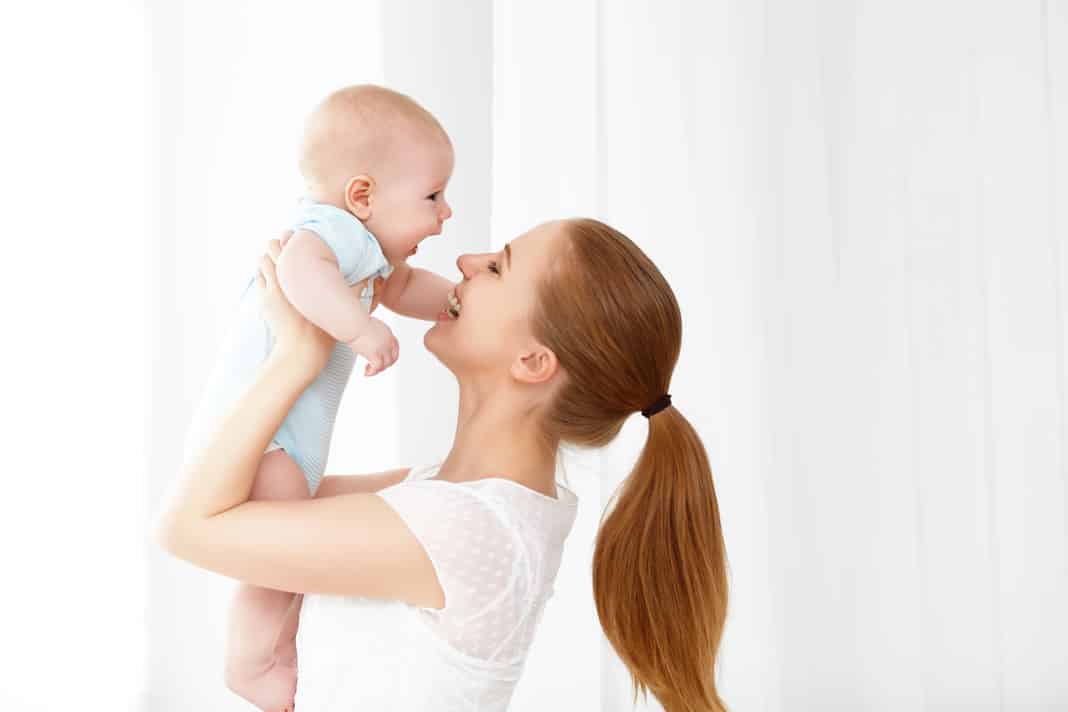Jackie Heffer-Cooke is founder of the ‘online resource centre for calm’, ZenMuma, ZenKids and The Orange Grove Clinic. Here she gives you some top tricks and techniques on how to stay calm, in an ever-changing, yet reasonably ‘static’, world
How the mind and the body deals with threat
Negative thought and spotting threat is part of our evolutionary survival kit. Our brains are a consolidation of a million different ideas, processes and input and the most important of these for human survival is threat. The hypothalamus is constantly looking for threatening situations and there are plenty around right now.
These threats lead us into switching on the stress response system. Signs of this are:
– Irrational thinking
– More liable to react than respond
– Feeling ‘wired’
– Aggression
– Exhaustion
– Lack of ability to sleep
– Faster heart rate and breath
– Tight muscles in our body
– Tension around the head, jaw and shoulders in particular
– Digestive issues
– Headaches
We are hyper-alert
Because the body is in the stress response it is packed with the stress hormones like adrenalin which means that we don’t have our health and wellbeing endorphin hormones in our body at all, as the stress response hormones suppress the feelgood/ calming hormones. That means we are hyper-alert and we are in the active state where all the bodies systems overwork and overtire: the nervous system, immune system, respiratory system (perhaps the most important three right now) and all the other systems too, from lymphatic to digestive.
When the adrenalin is super flowing it makes our heart beat faster, our muscles are tight and ready for action, the brain has more oxygen ready to be on high alert, and this is the reason for the symptoms above.
If we feel this, our kids certainly do too.
So, what can we do to help our kids?
1. Mindfulness – Mindfulness is not allowing ourselves to live in the past problems or the future issues as much as our brain pulls us to, and just allowing ourselves to be here, fully present in the moment. We know this is useful as a way of ‘quietening the thoughts from push and pull’, to be concentrated and focused is relaxing for the brain.
– Be body aware. Bring your awareness to your body on the floor, on the mattress, on the grass beneath you. Really be aware of how this feels. This helps takes us out of the ‘heady’ space and into our body. This is particularly good when getting children off to sleep or trying to attract them out of a ‘mental meltdown’.
– Get creative. Instruments, gardening, painting, colouring, making crafts – all focused activities great for a ‘brain-rest’.
– Be aware of your senses. Really taste the food when you eat it, feel the breeze or the sun on your skin, be aware of the sounds around you – music, birds.
2. Massage – Reassuring massage is good for the proprioceptive system. The proprioceptive system is the feedback that we get from our muscles and joints which has a natural calming effect on our body and brain. When we are feeling anxious, we all have a natural drive to want to find physical input, some of us bite our nails, our cheeks, some people naturally need to be barefoot, tap their foot or kick a ball constantly. We have this need particularly through the extremities of the hands and fingers, the feet and the head. So, any lifting, pushing, pulling all feel good for us – climbing trees, weights, yoga, running, these activities all help us feel calm and regulate ourselves.
A real firm, ‘squeezy massage’ really helps regulate us too through this proprioceptive system. Particularly slowly moving up and down the arms and the legs.
3. Breathe – we know that when we are stressed, we use the top half of our lungs to breathe, so to feel calm do the opposite – use a deep breath and mindfully use the whole of the lungs to breathe. This act alone tells the central nervous system that as opposed to being stressed, we are comfortable, calm and everything is good. With kids you can:
– Blow bubbles
– Use a matrix ball and guide it in and out as you breathe
– Use a game like a ‘straw-tableball’ where you get two straws and blow a light ball from one end to the other.
– For young kids you can use your imagination and become humming bees, or blow water from your elephant trunks, or fill your bellies up like balloons!
4. Progressive Relation – Give the body the opportunity to recover and pop itself firmly into the recovery mode by relaxing every single part of your body, muscle by muscle. Work from the head to the toes, or from the toes to the head. Use an imaginary relaxation blanket that slowly works its way up your body, softening muscles as you go. Use soft stroking with your fingers to add texture or sing a lullaby whilst comforting and encouraging a ‘rag doll’ like state.
Don’t say no, give it a go!
These techniques are not difficult, they are not hard to do, just add a few mindfully into your everyday life and you won’t avoid anxieties and meltdowns, but you will begin to manage them more effectively. Doing these things alongside your children, well that’s even better too!
Also, remember to also laugh, do something fun, and enjoy your mindful moments too. A random food fight in the garden, or a ‘Just Dance’ routine, will all bring much-needed relief from a long day too. Take care, stay safe, keep breathing and give yourself some ‘squeezy massage’ once in a while too!’
For more information and helpful tips visit zenmuma.co.uk.






COMMENTS ARE OFF THIS POST